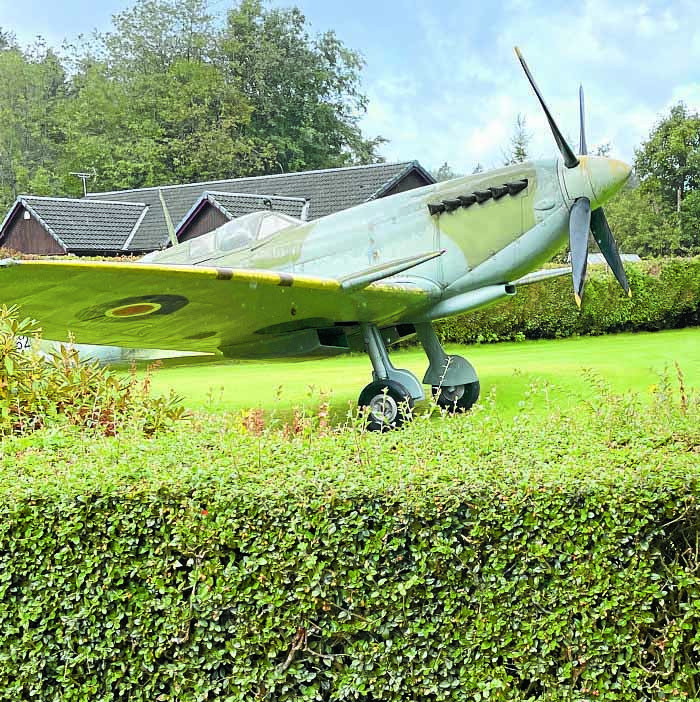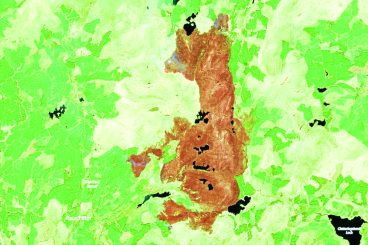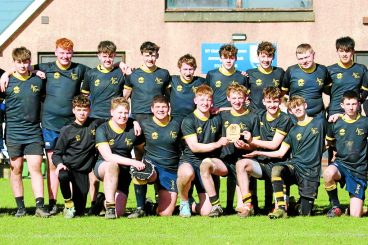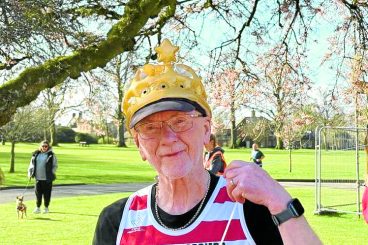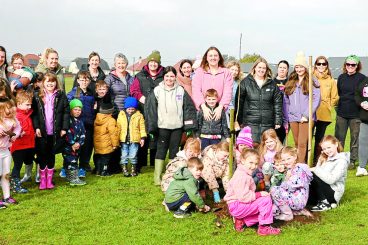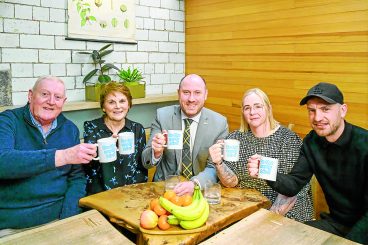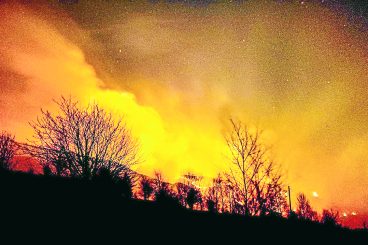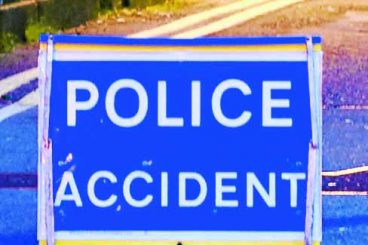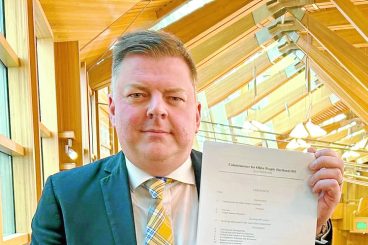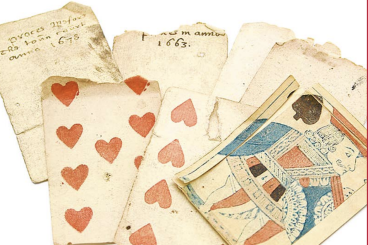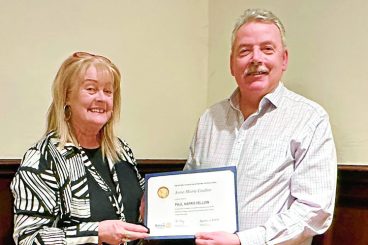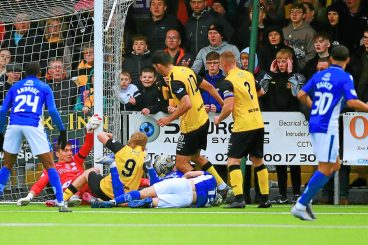IN July 1944 the Supermarine Spitfire PT462 was built at Castle Bromwich, crated and sent up to RAF Dumfries to await transit to the east Mediterranean, where it remained in action until the end of the war.
Post war it was sold to the Israeli Airforce then the Italians before returning to Israel.
In 1967 it was found in a playground in Tel Aviv and brought back to the UK and sold to Charlie Church, who converted it into a two-seat version. Sadly, Charlie died in a Spitfire accident and PT462 ultimately arrived in Bartow, Florida.
It was there in 1996 that Dr Hamish Mcleod, of Moffat, met PT462 when doing a flying refresher course and after hearing the sound of a Merlin engine.
He said: “I was able to buy a discarded piece of fuselage to add to a civilian aircraft I was building with an old squadron friend. During discussions, I was asked how much I would pay to fly PT462; I can still hear myself saying “Anything”.
“As I had my RAF Logbook, I had an hour of total control and aerobatics, with its usual pilot, Eliot Cross. It finished with a low-level flypast at 500ft past the control tower and a steep climb and wing-over, enormous fun.
“Lord Hugh Dowding, having been born in April 1882 at St Ninian’s School; with the PT462 having been at Dumfries, my long connection with the school and having flown the aircraft; I had a full-scale replica built. It has been displayed in my front garden since 2009 but following my decision to leave the Spitfire to the people of Moffat and the residents of Dowding House, it is due to be relocated there.
“As a medical student, I had a holiday job teaching science and coaching cricket and tennis at St Ninian’s and Burnbraes. It was there I met Dr Hugh Sinclair, an outstanding local GP and the schools’ doctor. He totally changed my life by inviting me to join him as partner after completing my various post graduate hospital appointments. I had been offered a permanent commission in the RAF as a pilot and medic, but having met Hugh Sinclair, I changed direction and have never looked back.
“My long association with St Ninian’s as teacher, school doctor and following the school’s closure in the late 1980s, doctor to many of RAFA’s Dowding House residents, makes it an ideal home for PT462 after its 15 years at The Glebe.
“It goes there not as a visitor attraction but as a tribute to Moffat’s greatest son, Air Chief Marshal Lord Hugh Caswall Tremenheere Dowding, GCB, GCVO, CMG. PT462 will be sited in front of and below the flag area facing west towards the town, standing parked as if in readiness.
“From early days, the memorials to Lord Dowding were effectively created by Irene Park MBE, a wartime WAAF officer. She was mainly responsible for the memorial in Station Park, and was also involved in the statue outside the RAF Church of St Clement Danes in London. She instigated the annual memorial service and was also involved in St Ninian’s becoming the RAFA’s ‘Dowding House’; PT462 will be known as the ‘Dowding Spitfire’ in future.
“Lord Dowding was aware of the dangers of war with Germany long before many of his senior colleagues and top government officials, and was confronted by stubborn resistance to his ideas and proposals. Thankfully Churchill recognised the importance of what Dowding was saying. Furthermore, Dowding’s lobbying to gain support in rapidly progressing the production of Sir Sydney Camm’s Hawker Hurricane and Reginald Mitchell’s Supermarine Spitfire was successful despite fierce opposition. Thus, it was Dowding’s own stubbornness that ultimately prevailed and resulted in the RAF winning the Battle of Britain.
“His determination and drive to progress Radio Direction Finding (or radar as we know it), the reorganisation of the Observer Corps, the creation of a Central Fighter Control, and pressure to rapidly increase fighter production, was both masterful and far-sighted.
“Churchill, who said Lord Dowding’s generalship was “an example of genius in the art of war” described him after the war as the “Architect of Deliverance”.





